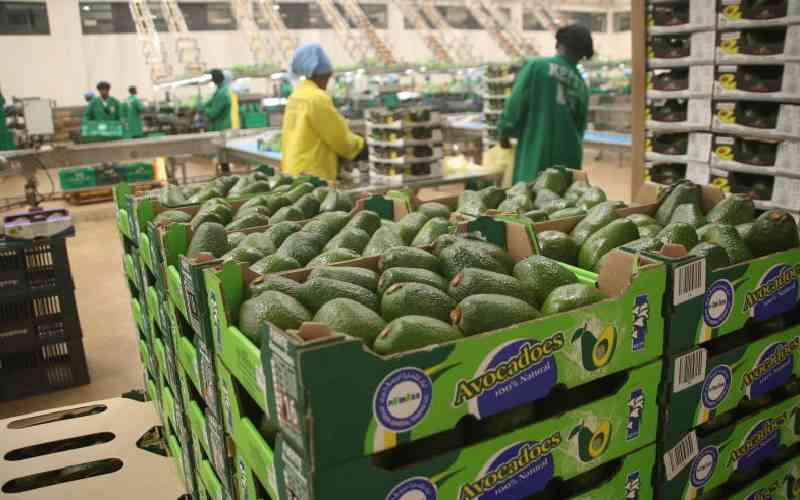
Pre-recorded shows and movies are indeed stored and then streamed on-demand on IPTV. [iStock]
Traditional television services are gradually disappearing from our living rooms, on a global scale. Despite offering hundreds of channels, viewers are constrained to watching them when they’re being broadcast (unless the show is pre-recorded).
But with quick internet speeds taking over the world, Internet Protocol TV (IPTV) services can now provide easy access to content when and where consumers want it. So, what does IPTV stand for?
What is IPTV?
IPTV delivers television programming to households via a broadband connection using internet protocols. In reality, the end product for the TV viewer is the same – their favourite show is displayed on their TV set. The difference lies in the means by which IPTV service is delivered. Instead of receiving broadcast signals from an antenna, satellite dish or fibre-optic cable, this content is streamed (i.e. downloaded and immediately played) using an Internet connection.
Despite this service being available to Asymmetric Digital Subscriber Line (ADSL) broadband users, the experience is much better with fibre broadband lines offering superior bandwidth. Moreover, viewers are not restricted to using their TVs with a set-top box – IPTV can be accessed on gadgets too.
Storing video content
Pre-recorded shows and movies are indeed stored and then streamed on-demand on IPTV. Live TV, however, is streamed as it is produced. Typically, video-on-demand (VOD) services limit their available content – to avoid hogging more bandwidth than necessary, which would in turn affect internet speeds for everyone.
Preparing video content
Initially, each recorded or captured TV programme is converted into a digital format suitable for delivery in the form of packets via the Internet protocol. Even if the video was originally an analogue TV picture, it can be processed into a digital format.
Streaming video content
During streaming, a technology, similar to typical web surfing, is used. When a website is accessed, a temporary link between two computers is established with the further transmission of files and information from one to another.
This kind of downloading between servers is called IP unicasting. In IPTV streaming, however, there is a more substantial and simultaneous load on the server, which led to a slightly different approach known as IP multicasting and each packet leaves the server only once and is distributed to many different destinations, one IP multicast group, at the same time.
If one device then switches IPTV channels, they simply switch over to a different group that is fed a different video stream.
How to choose the right option: IPTV vs OTT
Between these two, which one is more suitable for you? Just like OTT, IPTV most commonly uses VOD or time-shifted media. However, they are not the same. First of all, many consider over-the-top video platforms simpler than IPTV solutions. Accessing such services is possible by simply having a hardware device and stable internet.
Price
When we speak about pricing, various monetisation models come to mind. The OTT offers a hybrid model. It means that, in most cases, a consumer will not have to pay anything to access the content of their interest or pay a certain fee to avoid ads and access exclusive content.
For IPTV, it is the opposite when it comes to pricing as it monetises content through a subscription video-on-demand (SVOD) model. Consumers who choose IPTV should pay to access the content.
Availability
It’s possible to set up over-the-top apps on compatible gadgets that have a consistent internet connection to watch programmes from any part of the world whenever a user wants. Although IPTV can only operate on the devices within a household. In addition, a consumer may need to purchase extra hardware to access IPTV content. One example of such hardware could be a set-top box and router.
Content delivery and network
Over-the-top distribute videos via the public internet while IPTV suggests content via Local Area Network or Wide Area Network. OTT platforms fully depend on internet bandwidth and speed while IPTV platforms provide sleek delivery as they do not demand much from internet bandwidth.
Quality of content
IPTV offers high-quality video content for higher prices. Internet protocol television does not use public internet and it offers faster loading times. Also, IPTV is usually associated with better sound and image quality.
Service reach
So, which of the two services is simpler to access? If we consider OTT, registering is hassle-free and rather quick. The log-in process is the same as on online stores or gaming platforms. Over-the-top services are associated with a global audience while IPTV is mainly localised.
What does the future hold for IPTV, OTT or streaming services in Africa?
For almost 10 years now, it’s been said Africa is the big greenfield opportunity. That the continent didn’t suffer from outdated and antiquated infrastructure and was ready to utilise new technology, allowing TV services over IP to proliferate.
It’s always been said that listening to and identifying the customers’ needs is the way to success and in Africa, all of Africa, one size does not fit all.
Today’s market for the delivery of video and other content to customers around the globe has generated a hot OTT vs IPTV debate. While managed network IPTV delivery is enjoying healthy growth rates, the network-independent OTT mode is also seeing success with players like Netflix and Amazon.
Both OTT and IPTV promise to deliver video and other content to end-users, and both use the Internet Protocol to do so. The choice depends on what you are planning to achieve and how you are ready to spend.
-The writer is the chairman of BTN, an ICT provider in East Africa. ([email protected])
 The Standard Group Plc is a multi-media organization with investments in media platforms spanning newspaper print
operations, television, radio broadcasting, digital and online services. The Standard Group is recognized as a
leading multi-media house in Kenya with a key influence in matters of national and international interest.
The Standard Group Plc is a multi-media organization with investments in media platforms spanning newspaper print
operations, television, radio broadcasting, digital and online services. The Standard Group is recognized as a
leading multi-media house in Kenya with a key influence in matters of national and international interest.











